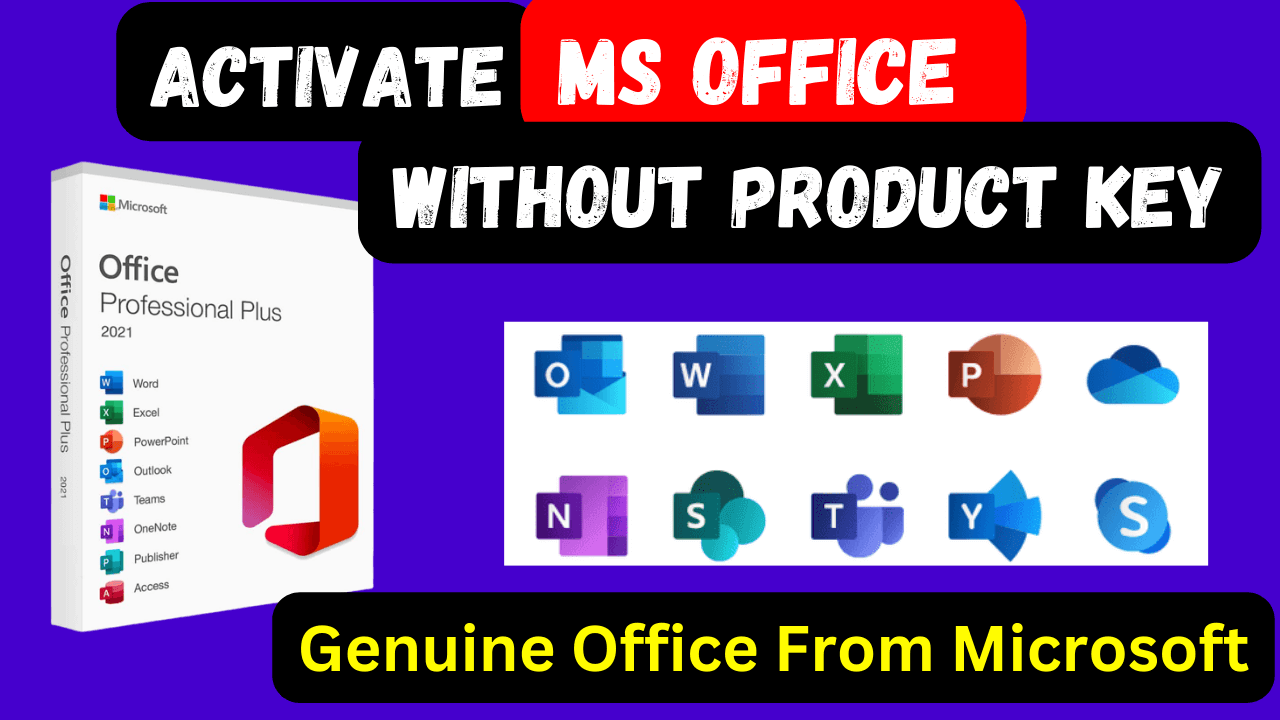A primary reason for Windows 11 slow startup system boot in many scenarios is often attributed to a PC with lower specifications. Even if the latest Windows OS version is compatible with your computer, the system may require additional resources or hardware performance to consistently enhance the user experience.
Step Wise Methods on Resolve Windows 11 Slow Startup Issues
As we’re now aware of multiple reasons behind this issue, let’s jump into the troubleshooting guide below.
Method 1: Disable Startup Programs
One effective way to address slow startup times in Windows 11 is by disabling unnecessary startup programs. These are applications that launch automatically when you boot up your computer, potentially slowing down the overall startup process.
Here’s how to disable startup programs:
- Right-click on the taskbar and select “Task Manager” from the context menu.
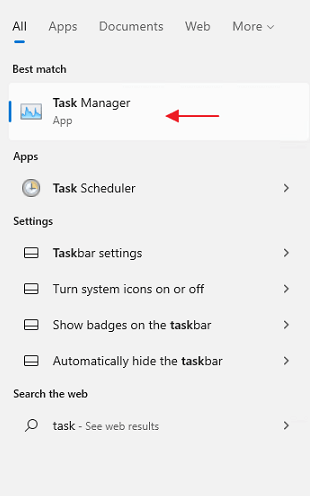
- In the Task Manager window, navigate to the “Startup” tab.
- You will see a list of programs that launch at startup. Right-click on the programs you want to disable and select “Disable.”
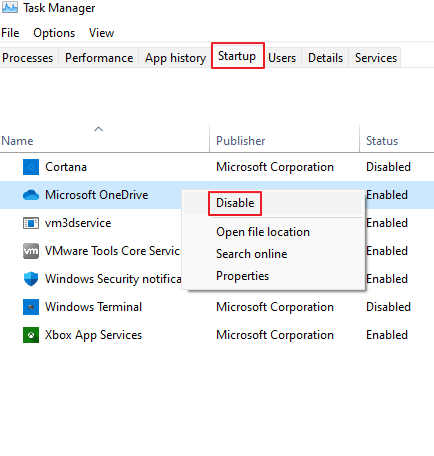
Disabling unnecessary startup programs can help streamline the boot process and improve the overall performance of your Windows 11 system.
Method 2: Turn Off Visual Effects
Visual effects can consume significant system resources, potentially contributing to slow boot times in Windows 11. Disabling these effects can help reduce resource usage and improve system performance. Here’s how to do it:
- Press the Windows icon located at the bottom of the screen, then type “view advanced” and select “View advanced system settings.”
- In the System Properties window, navigate to the “Advanced” tab and click on “Settings” in the “Performance” box.

- In the Performance Options window, select the “Adjust for best performance” option.
- From the list of customization options, check the boxes for “Show thumbnails instead of icons” and “Smooth edges of screen fonts.”
- Click “Apply” and then “OK” to save the changes.
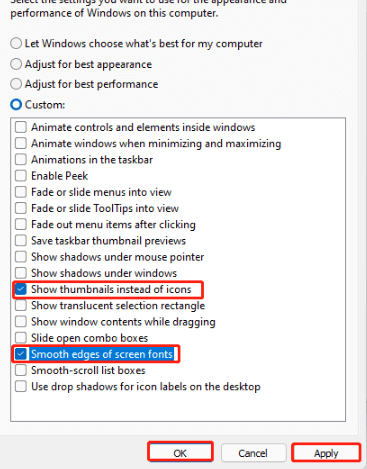
After making these adjustments, restart your computer and observe if the slow startup issue in Windows 11 has been resolved.
Method 3: Turn on Storage Sense
Windows 11 includes a feature called Storage Sense, which can be utilized to clean up unnecessary files and cache, potentially addressing slow boot or startup issues. Here’s how to enable Storage Sense:
- Open the Settings app and select “System.”
- In the System settings, choose “Storage,” then toggle on the switch located above the “Configure Storage Sense” option and click on the blue link.

- Under “Configure Storage Sense,” check the boxes for both “Cleanup of temporary files” and “Automatic User content cleanup.”
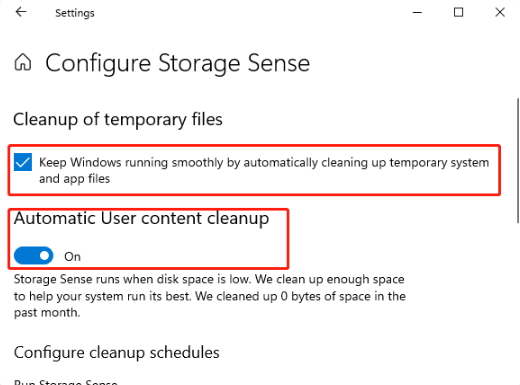
Now, reboot your computer and assess if Windows 11 startup performance has improved.
Method 4: Change Performance Power Plan
If your Windows 11 system is experiencing slowness, it could be due to inappropriate power plan settings. Follow these steps to adjust them:
- Type “power plan” in the Search box and select “Choose a power plan.”
- Choose the “High performance” option and click on “Change plan settings.”
- Click on “Change advanced power settings,” then navigate to the “Processor power management” tab. Set both the minimum and maximum processor state to 100%.

- Click “OK” and then “Apply” to save the changes.

After making these adjustments, restart your PC to apply the new power plan settings and determine if the issue has been resolved.
Method 5: Turn Off Notifications
Excessive notifications can contribute to slow boot times in Windows 11. Follow these steps to disable unnecessary notifications:
- Open Settings and select “System.”

- Choose “Notifications & actions” from the left side, then toggle off the notifications for apps you don’t want to receive notifications from on the right side.

By disabling notifications from unnecessary apps, you can potentially improve the startup performance of your Windows 11 system.
Method 6: Run a Virus Scan
If you’re experiencing slow startup issues after installing an app from untrusted sources, it’s possible that you may have inadvertently downloaded a virus. It’s essential to run a virus scan on Windows 11 to ensure your system’s security. Here’s how:
- Open Settings and navigate to “Privacy & security” > “Virus & threat protection.”

- Click on “Quick Scan” and wait for the scan to complete. Alternatively, you can click on “Scan options” to perform a Full scan or Custom scan based on your preferences.

Running a virus scan can help identify and remove any malicious software that might be causing the slow startup problem on your Windows 11 system.
Method 7: Check for Windows Updates
Slow startup issues in Windows 11 can sometimes be attributed to bugs or outdated device drivers. To improve performance, it’s advisable to check for and install the latest system updates. Here’s how:
- Type “update” in the Search box and select “Check for updates” from the best match.
- Click on the “Check for updates” icon. Windows 11 will begin downloading and installing any available updates automatically. This process may take some time, so please be patient.
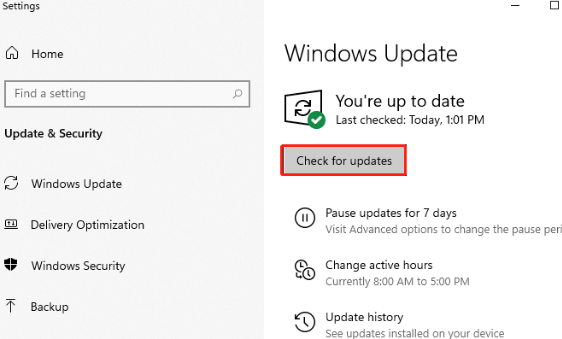
Once the updates are installed, reboot your computer and check if the slow startup issue has been resolved. Regularly checking for Windows updates ensures that your system remains secure and optimized for performance.
Method 8: Optimize Your Hard Drive
Optimizing your hard drive can significantly improve startup times in Windows 11. Here’s how to do it:
- Open the Settings app and select “System.”

- Choose “Storage,” then scroll down and click on “Advanced storage settings.”
- Select “Drive optimization,” then choose the drive you want to defragment and click on “Optimize” in the pop-up window. To view all drives, check the box for “Advanced View.”

- If you wish to schedule optimization, click on “Change settings” and select the frequency: Daily, Weekly, or Monthly.
- Ensure the option “Increase task priority if three consecutive scheduled runs are missed” is checked.
- Click on “Choose” and select the drives you want to optimize regularly, then click “OK.”

If optimizing the hard drive fails to improve startup times in Windows 11, consider upgrading to an SSD for enhanced performance.
Method 9- Turn Off Fast Startup
Disabling Fast Startup can sometimes resolve slow startup issues in Windows 11. Here’s how to turn it off:
- Navigate to Control Panel > Hardware and Sound > Power Options.
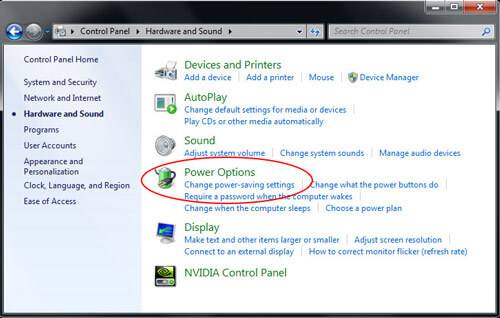
- Select “Choose what the power button does,” then uncheck the box next to “Turn on Fast Startup.” Click “Save Changes” and restart your computer to observe the results.

Method 10- Update Graphics Drivers
Here’s a quick guide on how to update your graphics card driver on Windows 11:
- Press the Windows and X keys simultaneously to open the Quick Start Menu.
- Navigate to Device Manager > Display adapters.

- Right-click on the graphics card that you are using.
- Select “Update driver” > “Search automatically for drivers.”

- If there’s an update available, Windows will automatically download and install the latest driver version for your graphics card.
Method 11: Remove WDI Directory Files
As a last resort, you can attempt to fix Windows 11 boot errors by deleting the WDI directory files. However, please be cautious as deleting these system files may disrupt system services. Follow these steps:
- Press the Windows and E keys together to open This PC.
- Navigate to the C drive or the drive where Windows 11 is installed.
- Open the Windows folder > System32 folder > WDI folder.

- Press Ctrl + A to select all files in the WDI folder.
- Press the Delete key or right-click and select “Delete” to remove the selected files.
- If you encounter difficulty deleting the LogFiles folder, open it, select all files inside, then return to the parent folder and delete the LogFiles folder.
After completing these steps, restart your computer and check if the boot time has improved. Please exercise caution when deleting system files, and consider seeking assistance if unsure.
Conclusion
Dealing with a slow Windows 11 startup can indeed be frustrating. It’s essential to address any symptoms promptly to optimize your system’s performance. By installing the latest Windows 11 build, ensuring adequate space in the system C drive, and disabling unnecessary startup programs, you can mitigate slow boot times effectively.
Moreover, optimizing disk space in Windows 11 can be achieved with tools like EaseUS Partition Master, which is available for free download. Utilizing such software can contribute to a smoother workflow on your Windows 11 system. Download EaseUS Partition Master to enhance your Windows 11 experience and streamline disk space management.
I am Komal Hatwaani, aims to provide readers with informative and engaging content that covers everything from technology and business to entertainment and lifestyle. This website dedicated to delivering high-quality content that informs, entertains, and inspires our readers.
Join us on our journey as we continue to explore the ever-evolving landscape of news and information, providing you with valuable insights and perspectives that enrich your digital experience.










